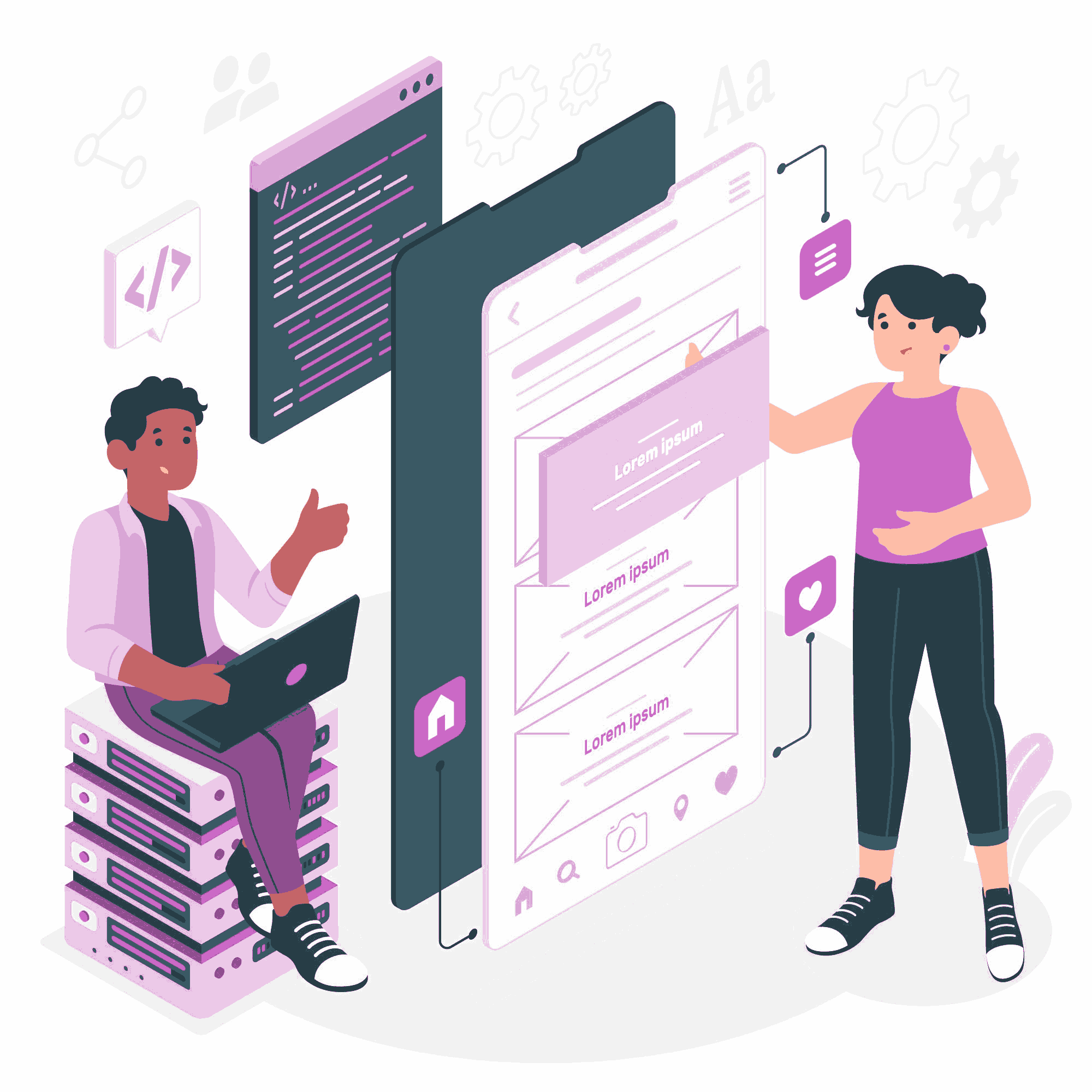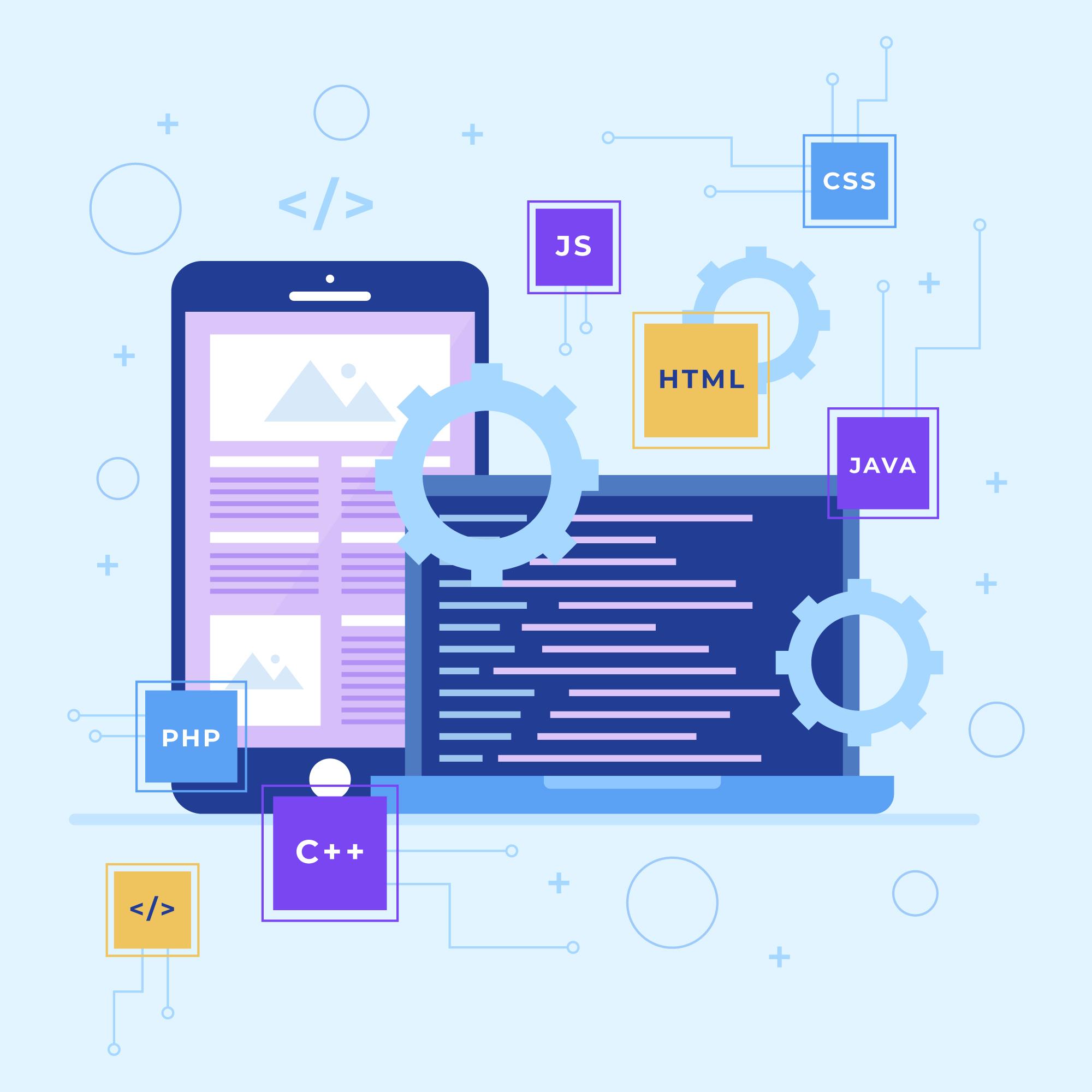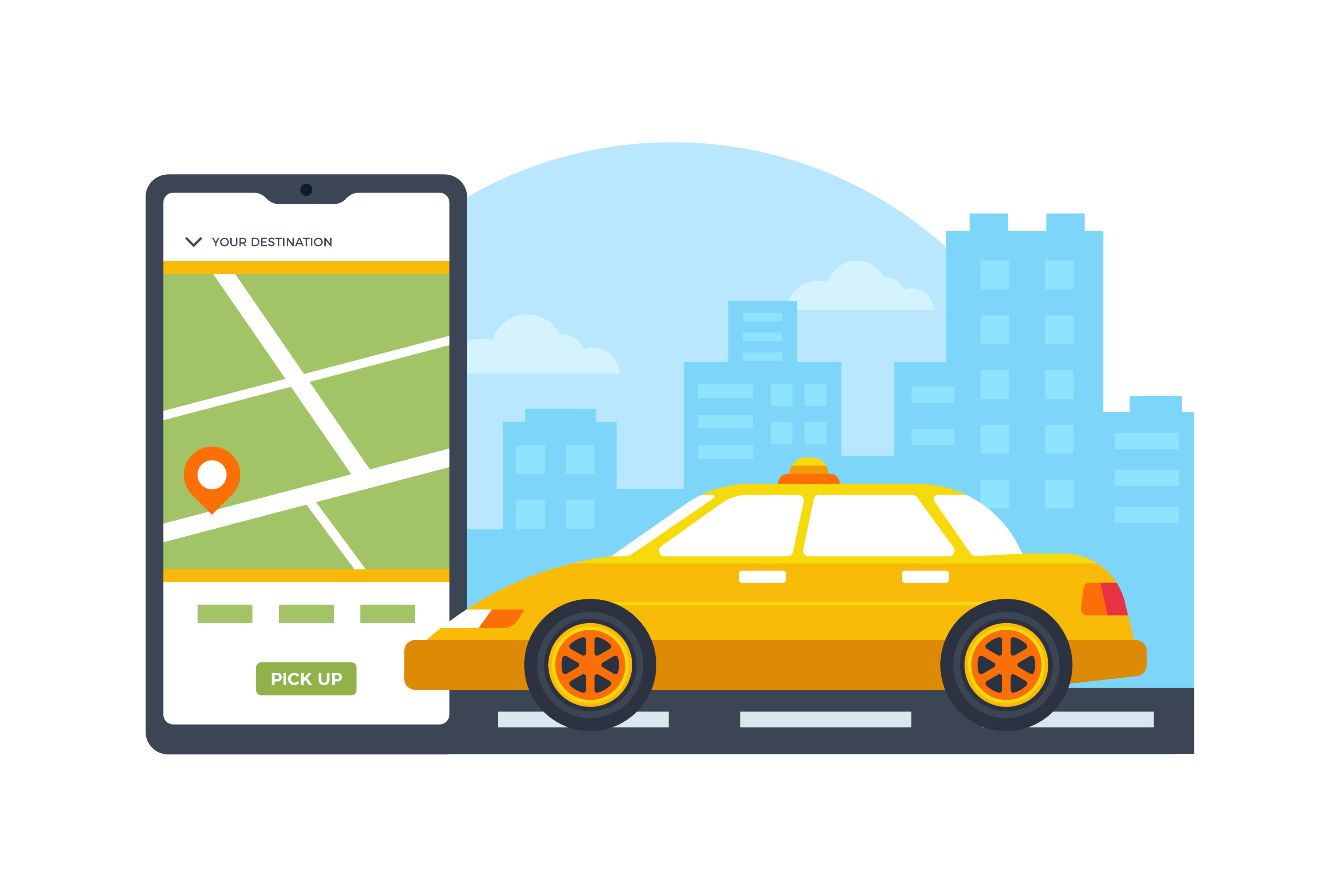Latest Trends in Custom Software Development You Need to Know

Strong 8k brings an ultra-HD IPTV experience to your living room and your pocket.
In 2025, the demand for custom software development continues to rise as businesses seek tailored digital solutions that offer agility, security, and scalability. But success doesn’t just depend on building software—it depends on aligning with current technologies, user expectations, and innovation standards.
Whether you're a startup, enterprise, or software provider, staying up to date with the latest trends in custom software development helps you remain competitive and future-ready.
🔍 Why Staying Updated Matters
Modern businesses evolve fast. Using outdated software architecture or ignoring security best practices can result in missed opportunities and higher costs. Following custom software development trends ensures:
- Faster time to market
- Competitive user experience (UX)
- Better scalability and ROI
- Enhanced security and compliance
🚀 Top Custom Software Development Trends in 2025
1. 🔧 Low-Code and No-Code Development
Low-code and no-code platforms allow developers and even non-technical users to create applications using drag-and-drop interfaces and prebuilt logic.
Why it matters:
- Speeds up development cycles
- Reduces dependency on large teams
- Ideal for MVPs and internal tools
Popular tools: OutSystems, Mendix, Bubble, Microsoft Power Apps
2. 🤖 AI and Machine Learning Integration
AI isn’t just a trend — it's transforming everything from analytics to customer service. In 2025, custom software solutions often include:
- AI chatbots and virtual assistants
- Predictive analytics dashboards
- Smart recommendations
- Document processing automation
AI enables custom software benefits like personalization, automation, and real-time decision-making.
3. ☁️ Cloud-Native Applications
Instead of migrating legacy apps to the cloud, companies are now building cloud-native software from the ground up using containers (e.g., Docker) and orchestration tools like Kubernetes.
Benefits:
- Auto-scaling
- Lower infrastructure costs
- Easier CI/CD deployment
- High availability and disaster recovery
4. 🔐 DevSecOps and Security-First Development
Security is no longer an afterthought. In 2025, DevSecOps practices are being integrated from the start of the software lifecycle.
Features include:
- Automated security testing
- Role-based access control (RBAC)
- Real-time threat detection
Compliance tracking (e.g., HIPAA, GDPR)
This is especially important for finance, healthcare, and government software.
5. 📱 Progressive Web Apps (PWAs)
PWAs offer the functionality of native apps with the accessibility of web applications. They work offline, load faster, and can be installed directly from the browser.
Why companies use PWAs:
- Reduce development costs
- Reach both mobile and desktop users
- No need for app store approval
Popular among eCommerce, media, and SaaS platforms.
6. ⚙️ Cross-Platform Development with React Native & Flutter
To save costs and reach a broader audience, businesses are embracing cross-platform frameworks like React Native and Flutter.
Benefits:
- Shared codebase for Android & iOS
- Faster development time
- Near-native performance
- Hot reloading for rapid testing
These tools are driving efficient business software solutions in 2025.
7. 🔗 Blockchain Integration
While best known for cryptocurrencies, blockchain is being adopted for:
- Supply chain transparency
- Smart contracts
- Secure identity management
- Decentralized finance (DeFi) apps
Blockchain offers secure, tamper-proof data exchange for custom solutions across finance, legal, and logistics sectors.
8. 📡 Internet of Things (IoT)-Enabled Solutions
IoT technology continues to drive custom software development for industries like:
- Smart homes
- Healthcare (remote monitoring)
- Agriculture (sensor tracking)
- Manufacturing (equipment data)
IoT-based software often integrates with edge computing and real-time analytics platforms.
9. 📊 Hyper-Personalized UX with Analytics
Custom apps are becoming smarter at analyzing user behavior and dynamically adjusting content and interfaces.
Features include:
- AI-driven user journey mapping
- Real-time A/B testing
- Adaptive UI components
- Personalized push notifications
Personalization drives engagement and retention.
10. 🌱 Sustainability-Focused Software Engineering
Green tech is a growing concern, and now software is being designed to reduce energy consumption and carbon footprint.
Trends include:
- Efficient coding standards
- Serverless architecture
- Cloud resource optimization
- Data lifecycle management
Eco-conscious custom software development services align with ESG (Environmental, Social, Governance) values.
✅ Conclusion
The future of custom software development is driven by automation, personalization, security, and speed. By adopting these emerging trends, businesses can create smarter, faster, and more secure applications that deliver real business value.
Whether you're building a mobile app, a healthcare platform, or a fintech tool, staying updated with these trends ensures your custom software solutions are innovative, scalable, and user-friendly.
Want to build future-ready software in 2025?
Partner with a team that understands the trends, the tech, and your business goals.
Note: IndiBlogHub features both user-submitted and editorial content. We do not verify third-party contributions. Read our Disclaimer and Privacy Policyfor details.







